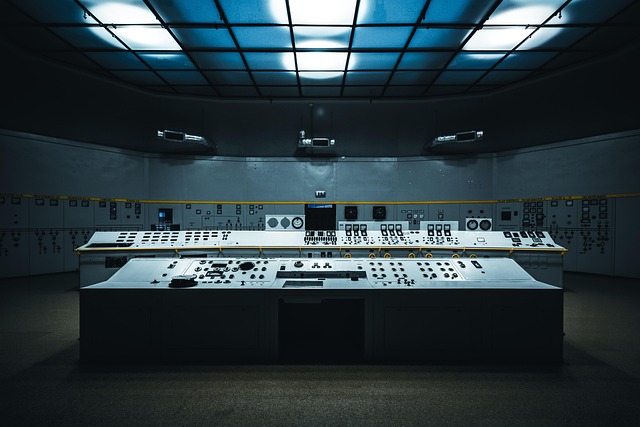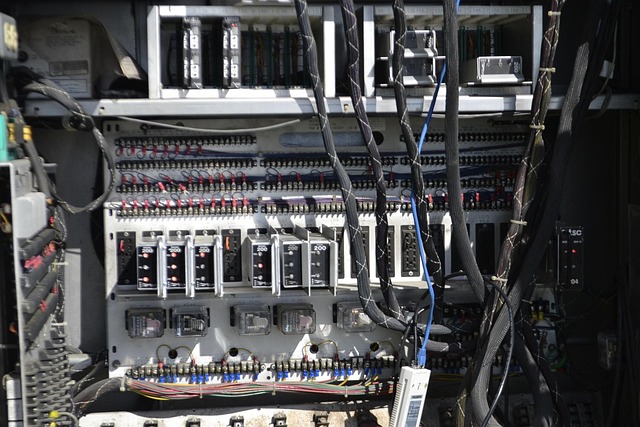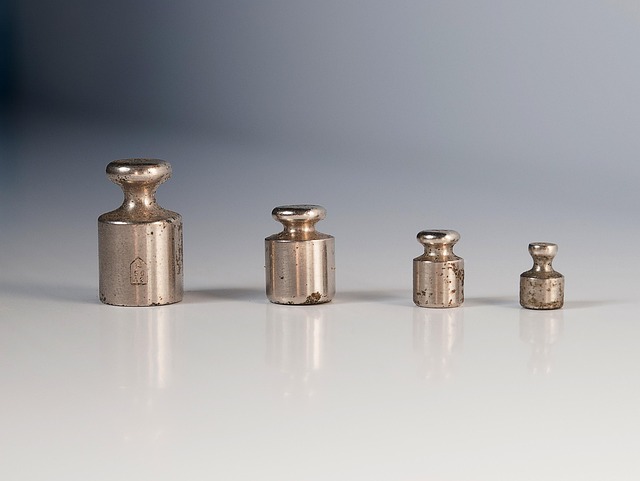Mastering Precision: Navigating Control Accuracy in Virtual Reality, Augmented Reality, and the Metaverse
As technology continues to advance, our interaction with digital worlds becomes increasingly immersive. The realms of Virtual Reality (VR), Augmented Reality (AR), and the burgeoning Metaverse have become significant facets of our digital lives. Yet, one critical aspect remains paramount to ensuring a seamless experience: control accuracy.
The Essence of Control Accuracy
Control accuracy can be defined as the precision with which users can manipulate their environment within virtual spaces. Whether it’s swinging a virtual sword in a VR game or placing a virtual object in AR, the level of responsiveness and precision plays a crucial role in how we engage with these experiences. It’s not just about gameplay; control accuracy affects everything from training simulations for professional skills to social interactions in the metaverse. When you lose control, the immersive illusion falters, and the sense of presence can dissipate.
Virtual Reality: The Quest for Perfect Immersion
In the world of VR, control accuracy is vital. The latest VR headsets and controllers are designed to track every slight movement of the user’s body, ensuring an intuitive and immersive experience. Imagine flying through a fantasy landscape or engaging in a heart-pounding battle. If the controls do not accurately reflect your movements, the experience can quickly turn frustrating. Ensuring that every swing, jump, and gesture translates flawlessly into the virtual space is essential to maintaining the engagement and thrill VR promises.
Augmented Reality: Enhancing the Real World
On the other hand, AR blends the digital with the physical, creating a unique set of challenges for control accuracy. When overlaying digital information onto the real world—like Pokémon appearing in your backyard or navigation arrows guiding you on a city street—the precision of interactions becomes critical. If an AR object doesn’t respond accurately to your touch or misaligns with real physical objects, the illusion shatters, and the utility diminishes. This is why companies are continually improving sensors and devices to ensure that virtual objects interact flawlessly with the physical world.
The Metaverse: A New Frontier of Control
As we enter the metaverse, the stakes for control accuracy rise even higher. Here, users are not just passive observers; they are active participants in a shared digital universe. Social gatherings, business meetings, and creative collaborations are increasingly taking place in this expansive virtual landscape. To foster genuine connection and interaction, the tools we use must provide precise feedback. Whether it’s the nuances of body language in a VR meeting room or the accurate positioning of avatars in a shared space, achieving high control accuracy is foundational to building trust within these interactions.
Striving for Improvement
The push for better control accuracy in VR, AR, and the metaverse is ongoing. Developers and hardware manufacturers are continuously researching and implementing cutting-edge technologies, such as advanced motion tracking systems, improved haptic feedback, and enhanced artificial intelligence algorithms. Each advancement brings us one step closer to creating a world where the line between the physical and digital blurs seamlessly.
Ultimately, mastering control accuracy is not just a technical requirement; it’s about enhancing human experiences in these immersive environments. As users, we crave fluid and engaging interactions, and it is through the thoughtful design of control mechanisms that we can unlock the full potential of Virtual Reality, Augmented Reality, and the Metaverse.




